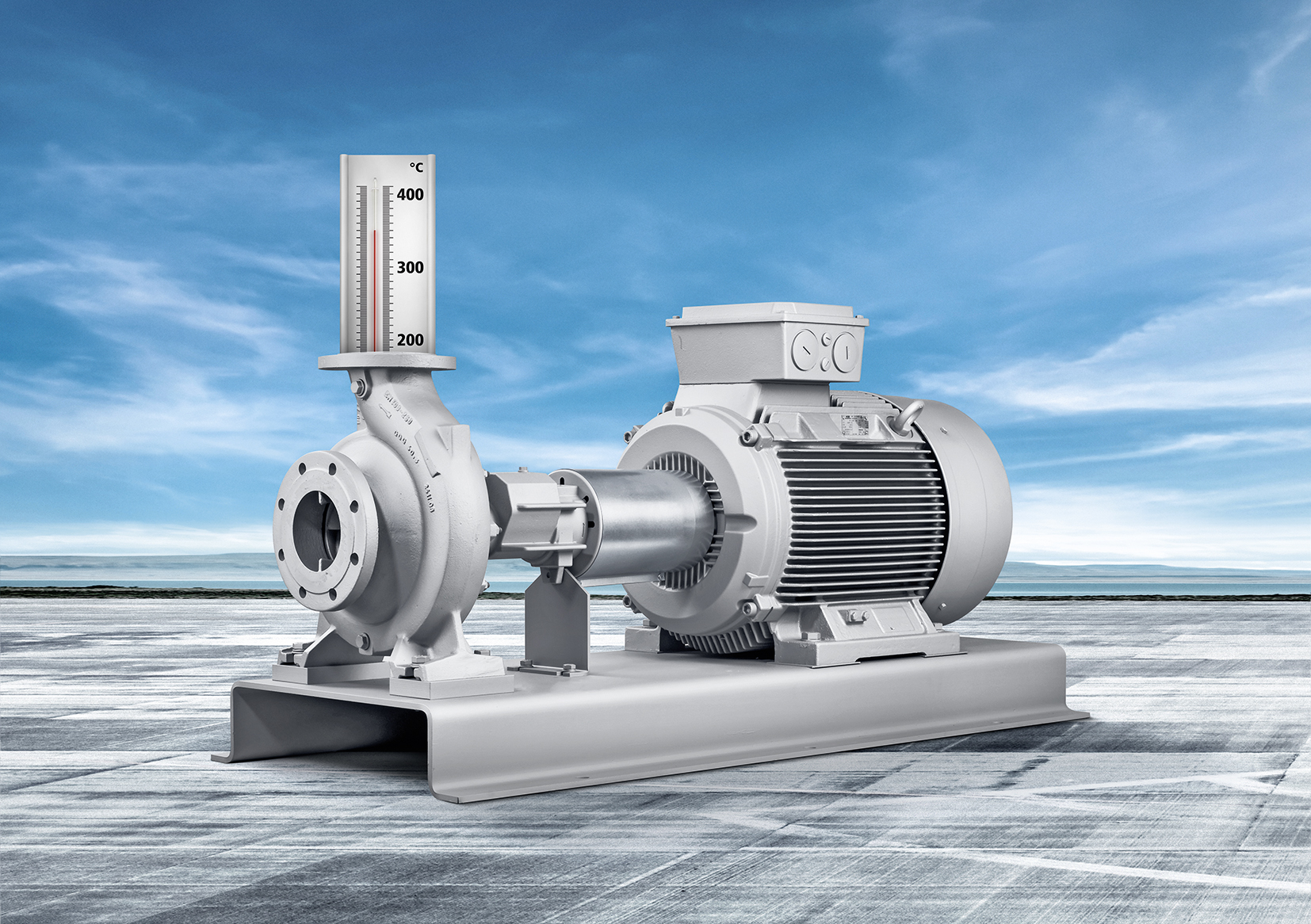Fire Pump is suitable for unattended fire water supply system. It is widely used in industrial and mining enterprises, engineering construction and high-rise buildings.
NFPA 20 and manufacturers provide testing requirements for the power curve on factory-certified test reports to ensure that the motor peaks at full load and then begins to fall. This allows the standby generator to be sized smaller, if possible, and meet the required voltage drop for the fire pumps.
1. Independent Power Supply System
The electrical power to a diesel fire pump motor must be provided from a single, reliable source, as per NFPA 20. This power source has to be located ahead of the main electric service and in a different cabinet, enclosure, or vertical switchboard/switchgear section than the service to minimize the chance that a fire at the main electrical equipment would affect the fire pump service.
Ideally, the supply conductors for the fire pump circuit can be directly connected to the fire pump controller or transfer switch. However, NEC 695.3 allows more than one feeder source to be used for this purpose in a multibuilding campus-style arrangement under certain conditions.
In any case, the power source has to be sized for 125% of the full load current of all fire pumps and jockey pumps plus 100% of their associating loads. Its overcurrent device must be set to allow locked rotor current to flow without tripping. It’s also important to keep in mind that long runs of conductors can increase the impedance of the system.
2. High Efficiency
A Diesel Fire Pump is a highly efficient way to drive a fire protection system. This is due to the fact that they operate at a much higher rated pressure than typical generator sets and other internal combustion engines.
The NFPA requires regular inspection of a fire pump to ensure that it is working optimally. This involves a churn test to verify that the system is functioning properly and that all equipment is in good condition.
This testing process is very important to ensure that a fire pump works properly during an emergency situation. The churn test needs to be conducted using specialized equipment such as pressure gauges and transducers. The pressure readings need to be accurate in order to accurately identify any trends.
Fire pumps are needed when local municipal water systems aren’t able to provide enough water pressure for the fire suppression system. They are also required for high-rise buildings that require a higher terminal pressure at the sprinkler nozzles.
3. Long Lifespan
Typically, fixed fire protection equipment has a lifespan of 20-25 years. This includes the pump, driver (either diesel engine powered or an electric motor) and a control panel. Natural wear and tear is inevitable, but degeneration accelerates with improper service regimes making component failure more likely and replacement parts required to meet fire safety standards and legislation.
The cleanliness of the pump room environment will also have a significant impact on the life expectancy of a fire pump. For example, if water is drawn from a chlorinated supply then chlorine will enter the air and accelerate corrosion of any steel components in the pump.
Testing of the fire pump is an important part of maintaining its lifespan. The gauges used during a flow test must be calibrated and precise to ensure the readings accurately reflect the performance of the pump. Additionally, it’s important to review fuel supplies for the diesel engine driven fire pump on a regular basis. The fuel tank should be sized for an expected fire duration of eight hours.
4. Easy Maintenance
Fire Pumps are critical systems that intake water from the public utility or tank and increase the water pressure to allow fire sprinklers to spray water at a much higher rate. This allows the sprinklers to suppress the fire and minimize any damage.
Like anything else, the fire pumps are prone to wear and tear over time. However, regular inspections and maintenance can help keep your fire pump in good condition.
Every year the fire pump should be tested at full operation. Typically this is done via an external test header with several valves to connect hoses to. The fire pump should be run through a “churn” test or no-flow (zero flow) and 100% flow test. This is usually performed by a fire protection specialist who is familiar with testing and inspecting these types of systems.
Weekly inspections are also a requirement of many insurance companies, authorities having jurisdiction and other governing bodies. These can be easily added to the routine maintenance schedule for facility staff.



